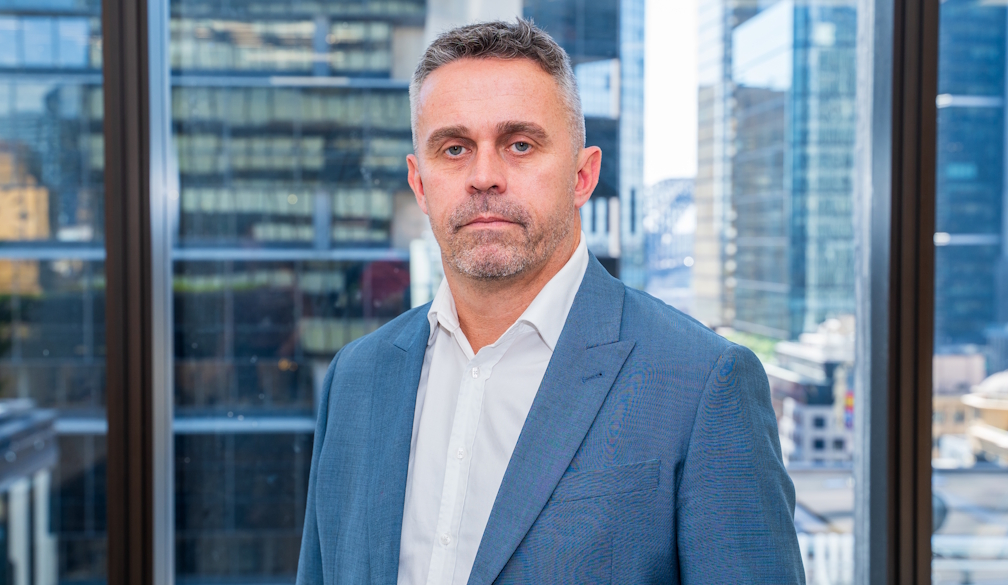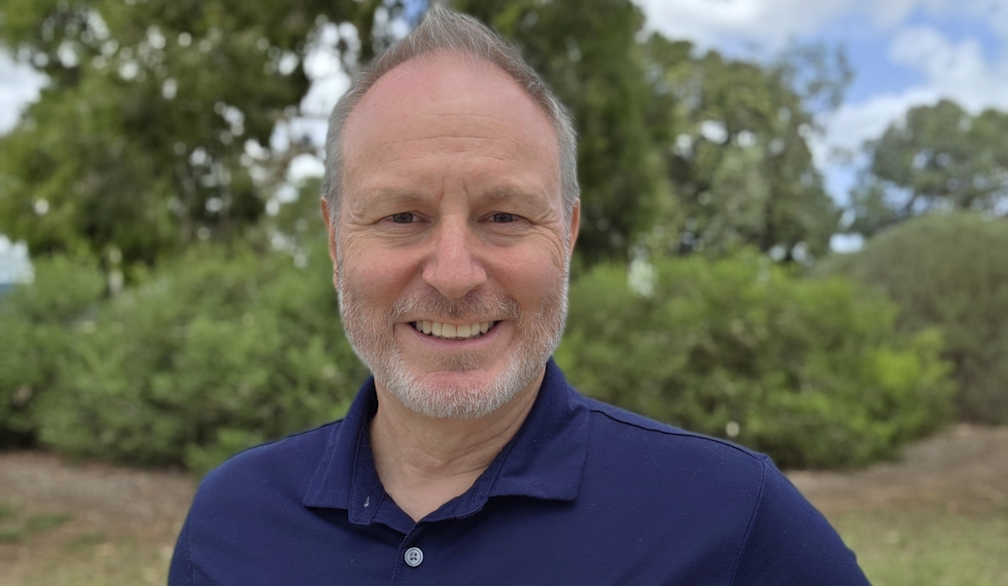
Commuters in Scotland faced a shock at ticket machines as the Scottish government abandoned a pilot scheme that removed peak rail fares. During the pilot, tickets were the same price all day. But now that it has ended, the increase in fares is significant. The cost of commuting at peak time from Glasgow to Edinburgh, for example, has gone from £16.20 to £31.40.
The aim of the pilot, introduced in October 2023, was to encourage what’s known as a “modal shift” from cars to more sustainable transport.
Defending its decision, the Scottish government made two claims: that the pilot increased passenger numbers by only 6.8% (when an increase of 10% was required for it to be self-financing) and that it mostly benefited wealthier passengers.
These claims were widely reported, but are they correct? And what does this mean for similar schemes in other countries?
Passengers using the train to get to and from work benefited most from the pilot, which made travel cheaper at peak times (early morning until around 9am and evenings until around 7pm). It is true that wealthier people in the UK tend to use trains and cars more, while poorer people are more likely to travel by bus.
The graph below shows how much £100 of train and bus tickets, and £100 of petrol ten years ago would cost today.
Cost of transport in the UK (2014-2024)

Source: Office for National Statistics. Indexed to 100 in August 2014., Author provided (no reuse)
The increase in train fares has been smoother, but mostly faster, than the increase in petrol prices. However, bus fares have increased faster than both. Scotland has not followed England in capping bus fares, a policy that might have benefited lower-income passengers more.
In theory, a decrease in price for a product will result in an increase in demand. But it is impossible to calculate exactly how much passenger numbers increased due to the pilot, because we cannot know for sure how many passengers would have travelled anyway (the “counterfactual”).
To estimate the rise in demand brought about by cheaper fares, we must make assumptions about the counterfactual, where peak fares remained in place. This is especially difficult for two reasons. First, the pilot began as passenger numbers were rising again after the COVID lockdowns.
Read more:
Catching public transport in Queensland will soon cost just 50 cents. Are cheap fares good policy?
Statisticians must make assumptions about how much demand would have continued to rise in this case. Depending on these assumptions, the estimated effect of the pilot on demand for rail travel ranges from an increase of 16% to a fall of 5%, compared with the final figure of 6.8%. A change in assumptions can change the estimated rise in demand substantially.
Second, the pilot spanned a period of disruption on the railways. Strikes in Scotland in 2022 may have put people off train travel, and again, we cannot know whether they would have returned in the counterfactual scenario.
And bad weather in Scotland in early 2024 and disruption caused by strikes in England and Wales make it difficult to use the rest of Great Britain as a control group to compare against Scotland.
To estimate the effects of a policy like the pilot, statisticians must make many other assumptions. For example, in April 2024 there was a big increase in fares across Scotland. The analysis underlying the report assumes that this would have happened even without the pilot.
All these assumptions (and more) lie beneath the reported 6.8% increase in demand and make it impossible to be confident that this was the true number of passengers who shifted to rail travel because peak fares were axed.
Similar schemes have been piloted in other countries, including a flat rate €49 (£40) per month (increased from €9) rail pass in Germany, a 50 cent (30 pence) flat fare across all public transport in Queensland, Australia, and a £2 flat bus fare in England.
As with the pilot in Scotland, it is difficult to determine whether these schemes have caused a modal shift. Some new evidence from Germany suggests that cheaper fares encouraged people to make more journeys overall, but that the shift from cars to trains was limited.
However, we know that the elasticity (how much demand changes as prices change) of public transport fares is greater in the long term than in the short term. There is a danger that, as in Scotland, governments will cancel them before the long-term effects are clear.
The SNP government in Scotland is facing difficulties balancing its budget. In these circumstances, any further subsidy to public transport seems unlikely. Instead, the government will have to find other ways to reach its net zero commitments.
There is evidence that people respond more strongly to an increase in price than to a decrease. If this is the case, the pilot itself could even cause a long-term decrease in passenger numbers in Scotland, because the fall in people using the trains due to the reintroduction of peak fares might be greater than the increase during the pilot.
It is impossible to tell yet, but in the long term this could make travelling on the railways more expensive for both passengers and for the government subsidising them.
References^ (www.bbc.co.uk)^ (www.transport.gov.scot)^ (www.transport.gov.scot)^ (www.bbc.co.uk)^ (assets.publishing.service.gov.uk)^ (www.gov.uk)^ (theconversation.com)^ (www.glasgowtimes.co.uk)^ (dataportal.orr.gov.uk)^ (int.bahn.de)^ (theconversation.com)^ (www.gov.uk)^ (www.cesifo.org)^ (www.sciencedirect.com)^ (fiscalcommission.scot)^ (netzeronation.scot)^ (www.sciencedirect.com)Read more








